10 Shocking Facts You Didn’t Know About Michelangelo
Architecture, Design, History, Inspirational, Lists, Painting, ShockingHow can one think about the Sistine Chapel, the statue of David, the Pieta (or Italy for that matter!), and not think of the name Michelangelo. He is one of the greatest artists in history after all. And while it’s been 500 years since he was alive, Michelangelo’s work continues to inspire and be revered today. But aside from his most famous works, there may be a number of things that would shock you about Michelangelo. Although you’ll learn that he did suffer for his art, Michelangelo was no starving artist as you might assume. And as intriguing as he is, you may not have wanted to sit too close to him. Read on for some shocking facts about this great artist, Michelangelo.
He Despised Baths
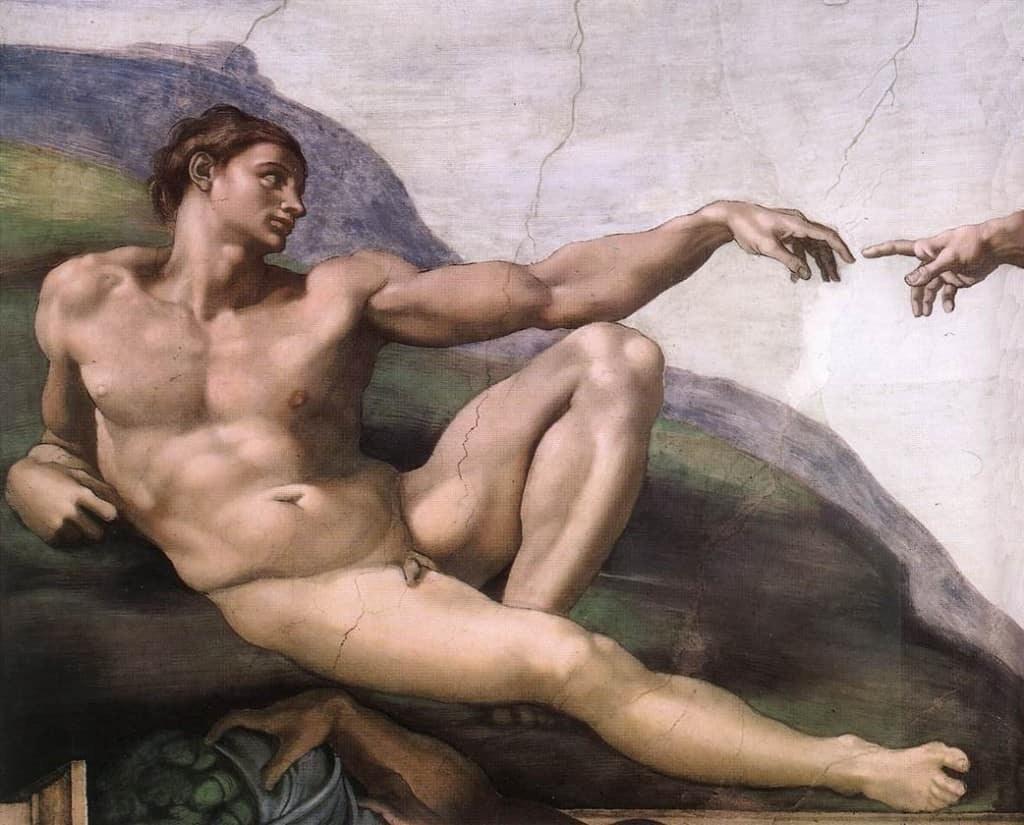
Supposedly, Michelangelo’s cloths had to peeled (like and orange) off his body when he died since he’d been wearing them for so long. It’s known that he hated baths and that possibly included a hatred for washing or changing his clothes.
A Most Interesting Self Portrait
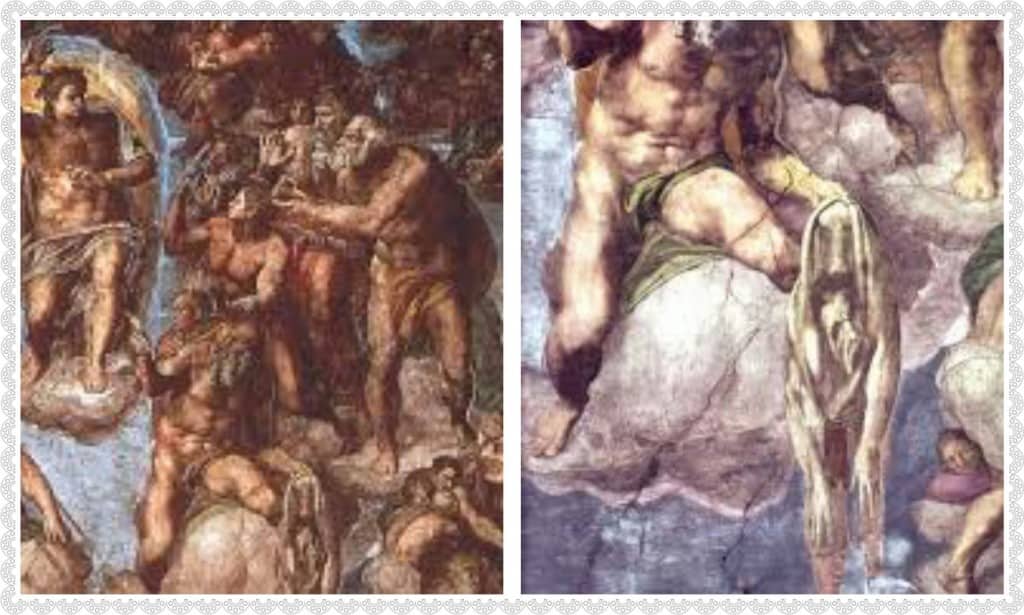
Self portraits are always intriguing. They give us an insight about how the artist sees himself/herself and can be found in peculiar places. Michelangelo picked quite the spot for one of his. Look closely and you’ll see Michelangelo’s face in the skin that Bartholomew is holding in the Last Judgement.
The Sistine Chapel Almost Wasn’t His
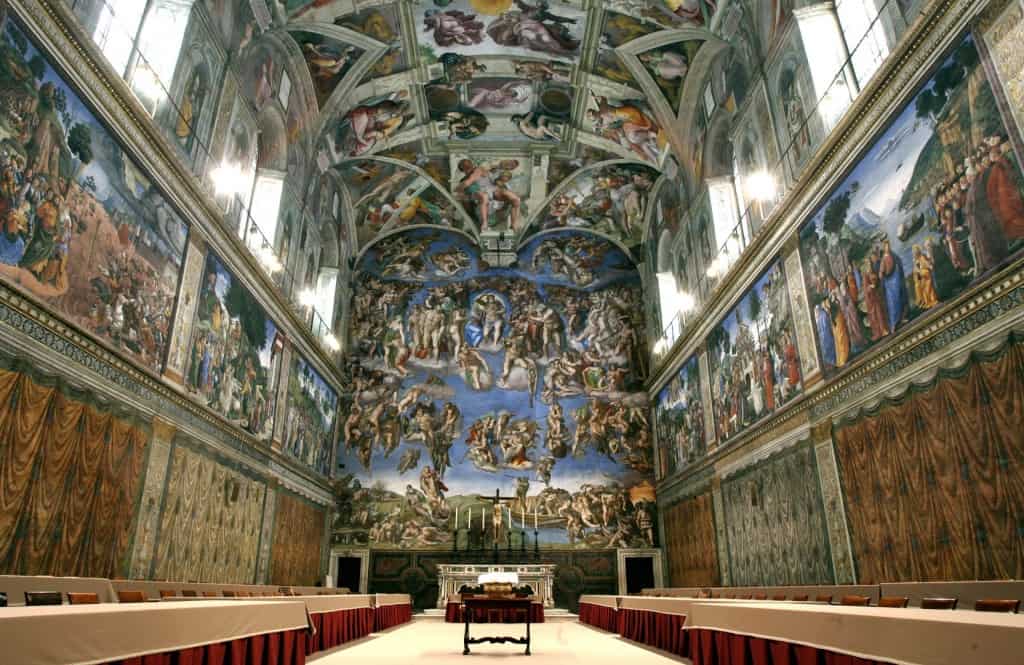
While today he may be one of the most famous artists in history, he wasn’t always considered the greatest. Fellow Renaissance painters, including the great Rafael, were so threatened by Michelangelo’s talent, convinced Pope Julius to hire Michelangelo, in an effort to sabotage his career. He was a sculptor after all. Michelangelo nearly didn’t accept the job, thinking of himself exclusively as a sculptor, but eventually took it, creating one of the greatest Renaissance masterpieces in 4 years and claiming his spot at the top.
His Nose Was Broken By A Jealous Rival

When Michelangelo was a teenager, he lived and studied in Lorenzo de’Medici’s home. Many became envious of the young artist’s talents and one in particular, Pietro Torrigiano, punched Michelangelo’s face, crushing the superior one’s nose.
He Was Very Loved
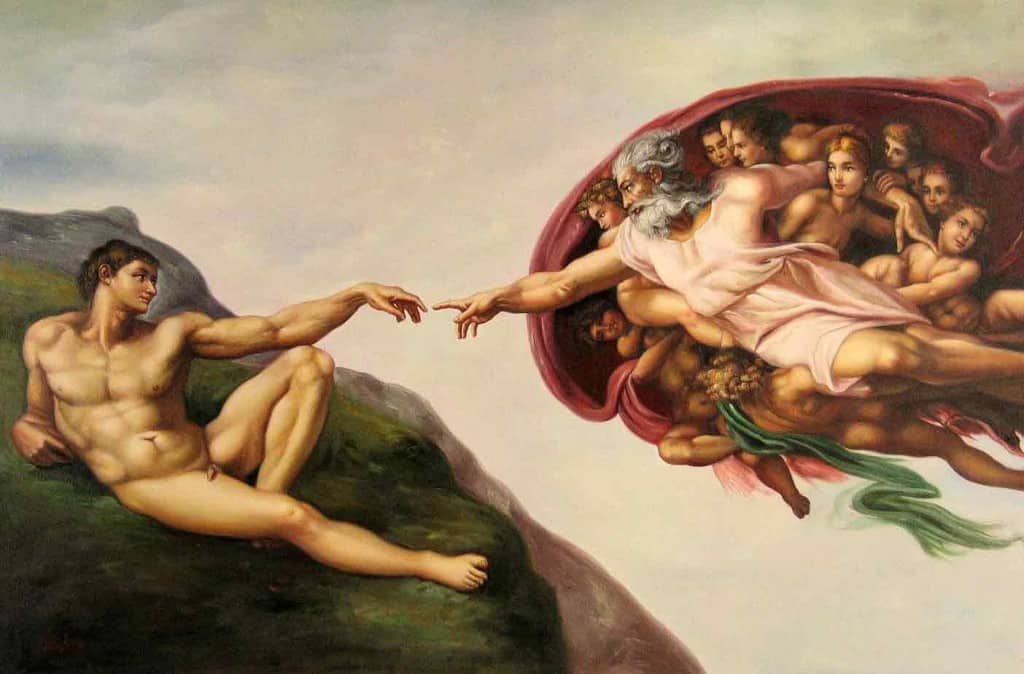
Aside from fellow artists who felt threatened by his talent, Michelangelo was very loved throughout his life. This is reflected in his nickname, Il Divino, which means “the divine.” Unlike many other great artists who got recognition after their passing, Michelangelo was loved during his lifetime, and still is today.
Statue of David Was Carved From Disgarded Marble

The famous Statue of David is one of Michelangelo’s greatest works, but this wondrous sculpture was actually carved from second-hand marble that another sculptor did not feel was good enough to carve. Michelangelo began work on his statue on the abandoned piece of marble that was found at the Florence Cathedral.
He Died Rich
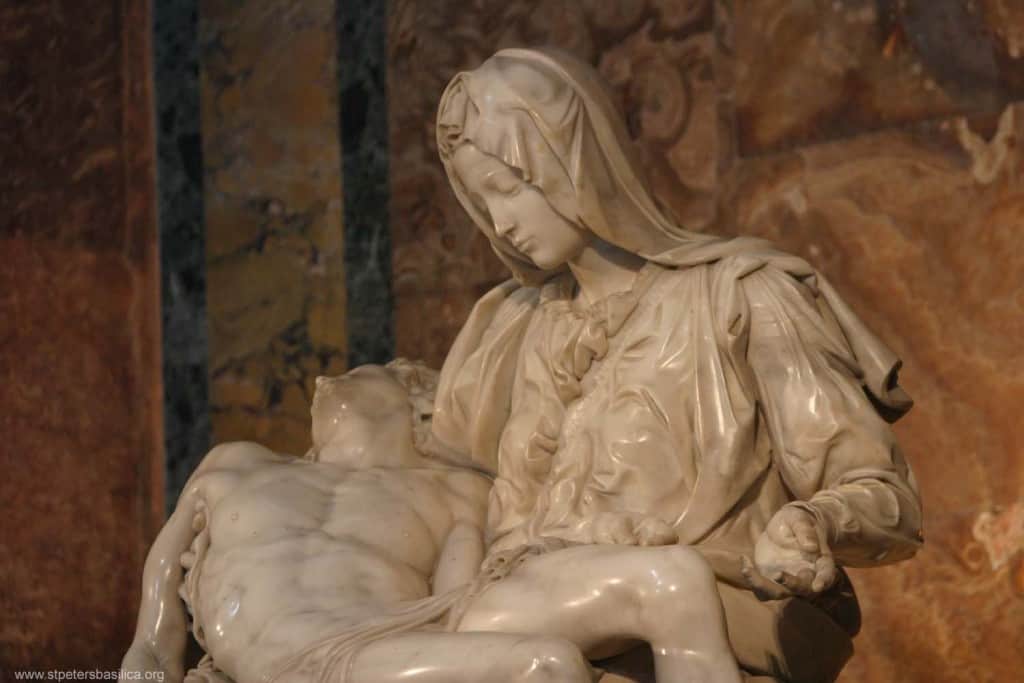
So much for the romantic notion of the starving artist. Michelangelo was not one of them. The artist was a penny pincher and died with an estate that was worth 50,000 florins. That is the equivalent of $35 million in today’s money!
He Was a Poet
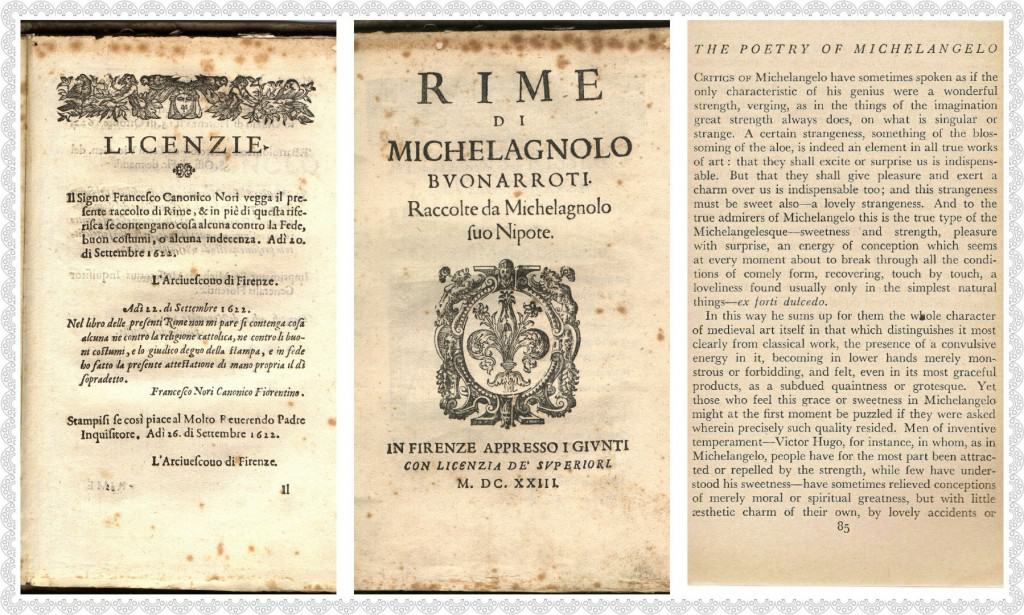
Although we think of him as only a painter and sculptor, Michelangelo also liked to dabble in poetry. Well he did create more than 300 sonnets and madrigals so maybe he did a little more than dabble. Many of the pieces were about procreation and explored themes that were erotic, spiritual, as well as explorations about loyalty and mysticism.
He Worked Until The Week Of His Death
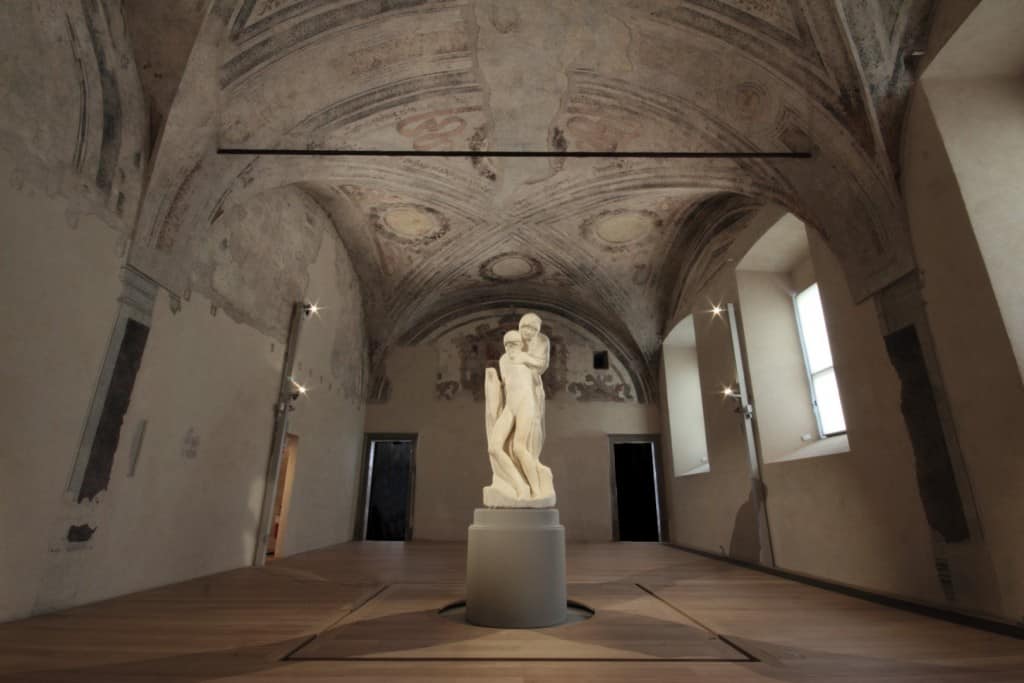
It was rare for anyone to live as old as Michelangelo, who made it to the age of 88. But even more remarkable is that he was working up until the week of his death. He spent much of his later years on St. Peter’s Basilica and in his final week, was still chiseling the statue of Jesus being held in the Virgin Mary’s arms, the Rondanini Pieta
He Wasn’t The Most Honest Guy

One of the prominent figures of the Medici family, Lorenzo de’ Medici, told Michelangelo that a cupid statue (now lost) the artist had carved could be sold for a lot more money if he could make it “appear to have been buried.” Michelangelo agreed to do it, and did it so well that Cardinal Raffaele Riario purchased the “antiquity” piece. However, the Cardinal soon realized that he bought a “fake,” got his money back, but was so impressed with the sculpture that he brought Michelangelo to work in Rome.



